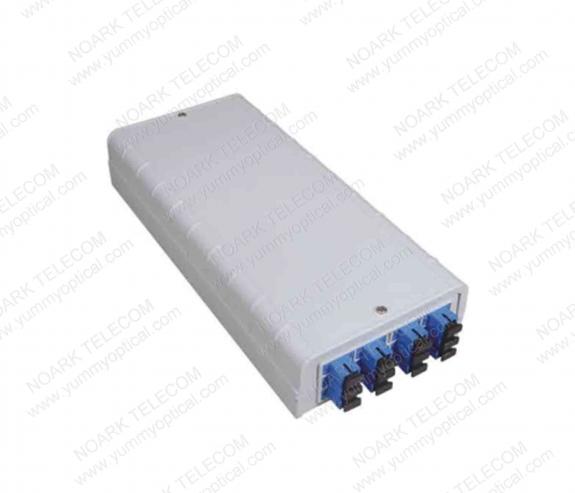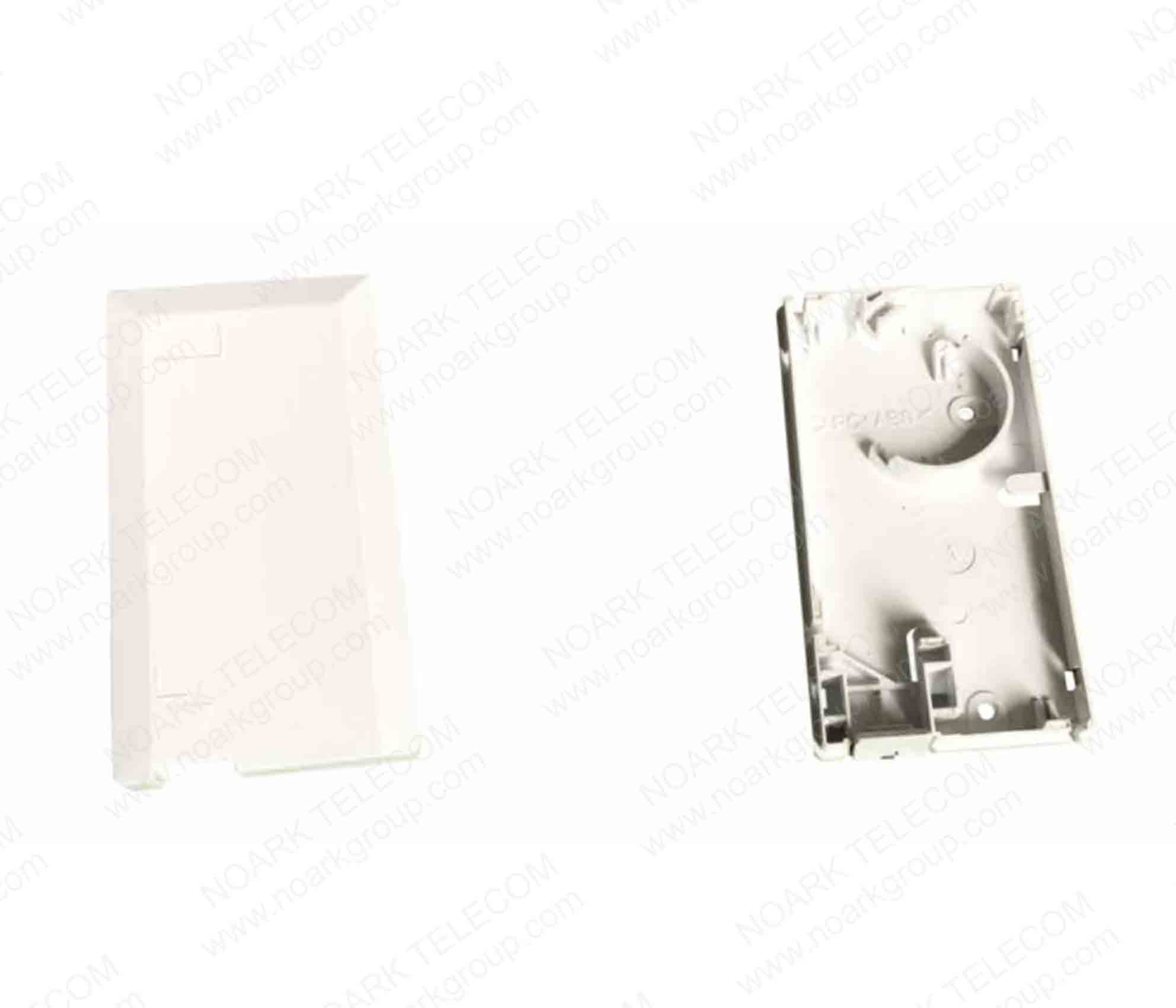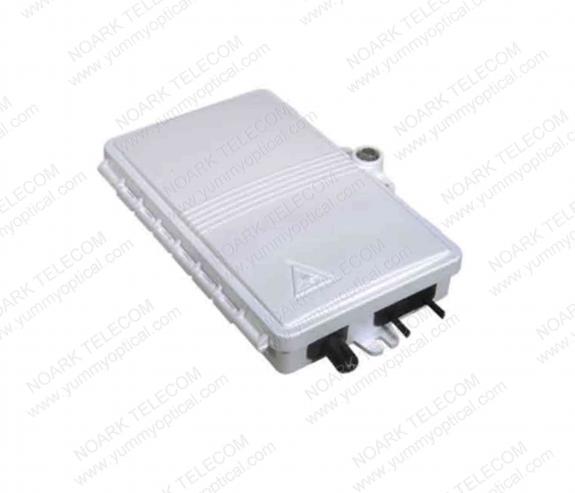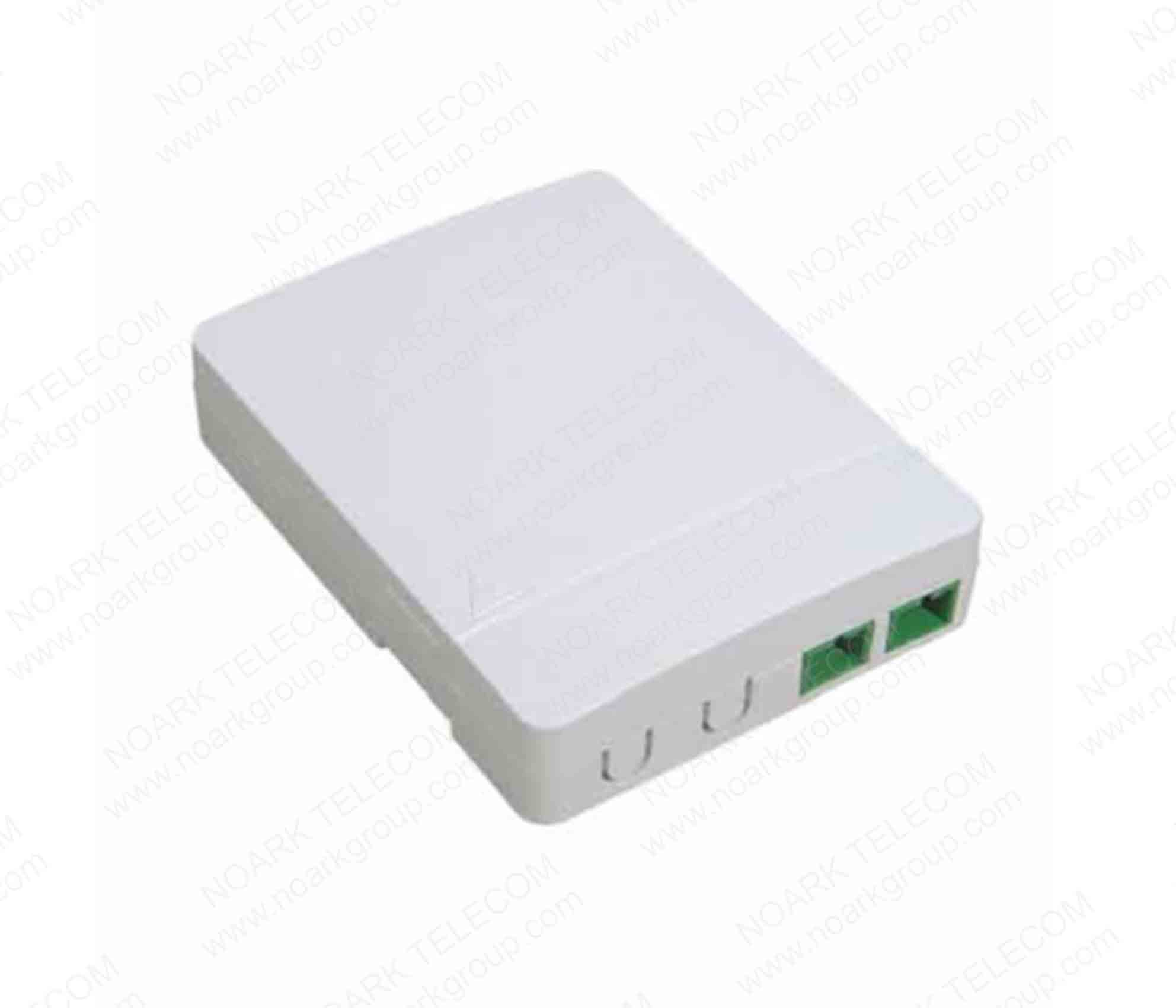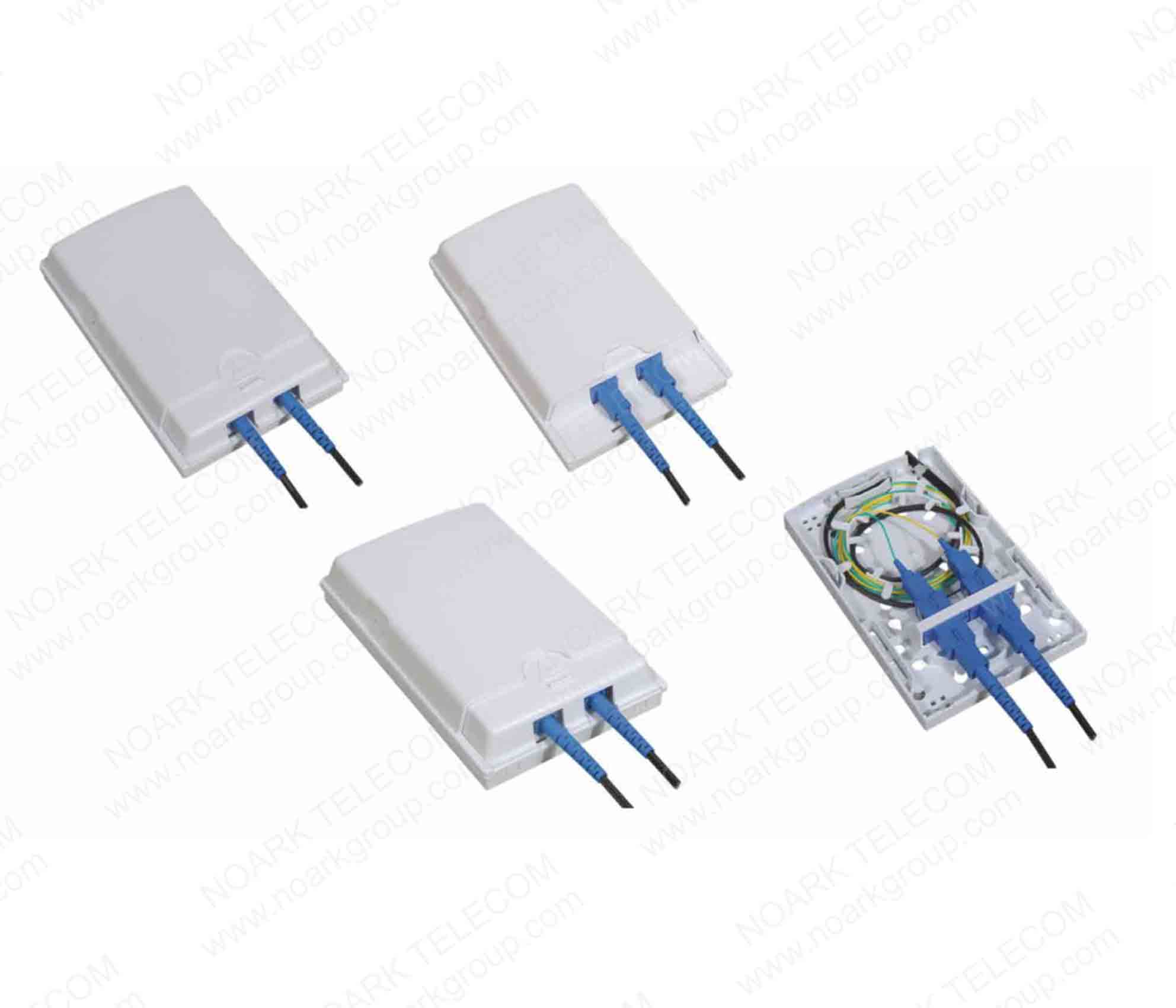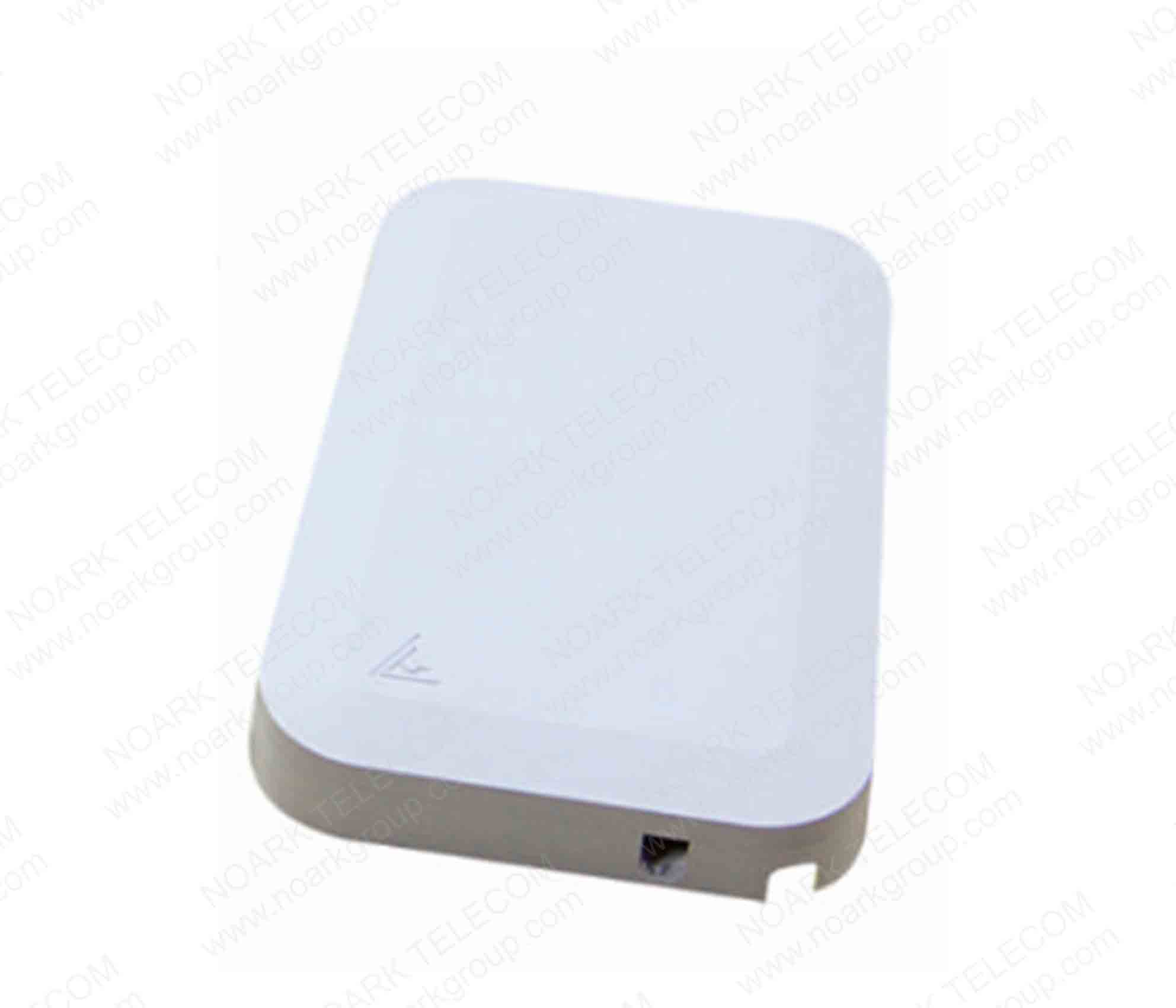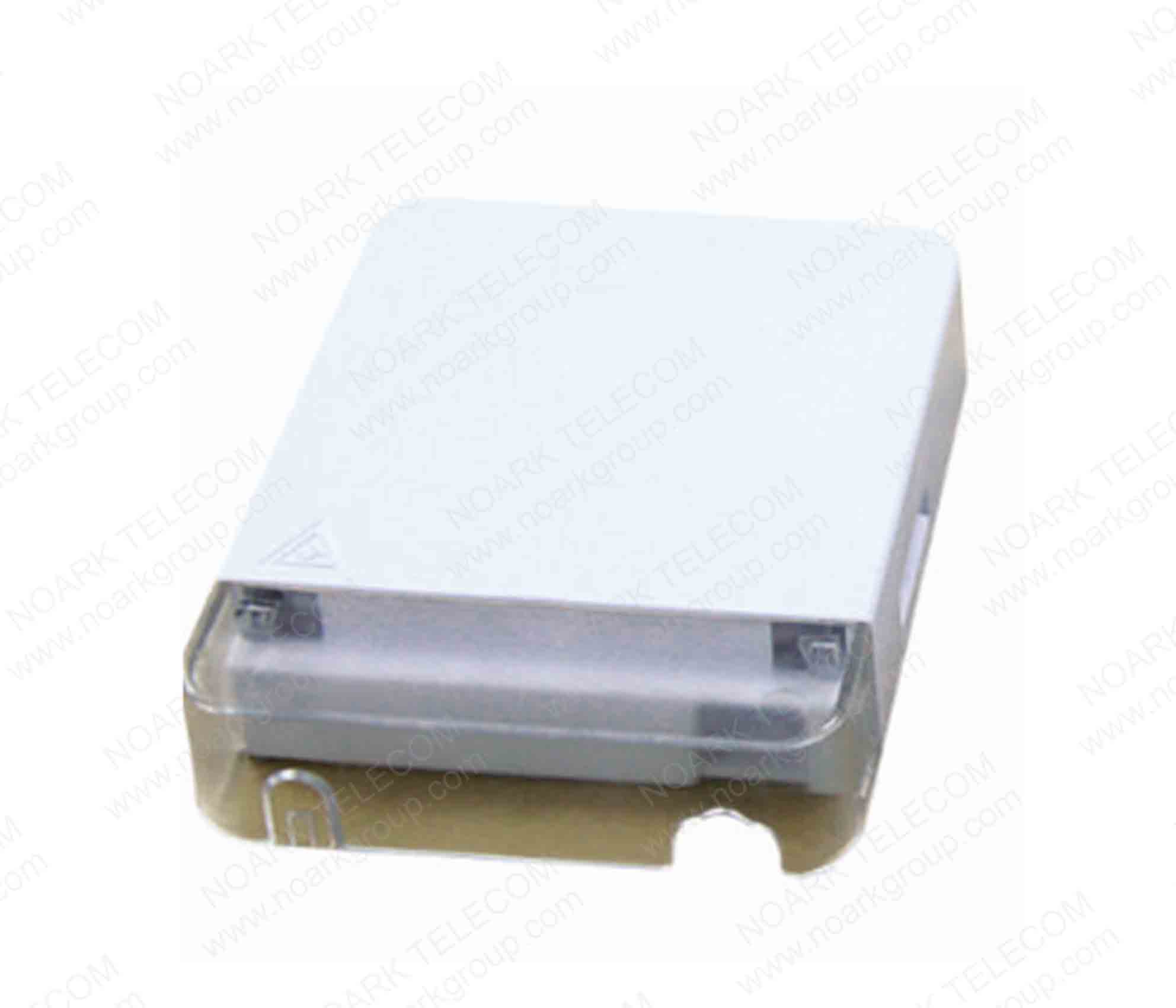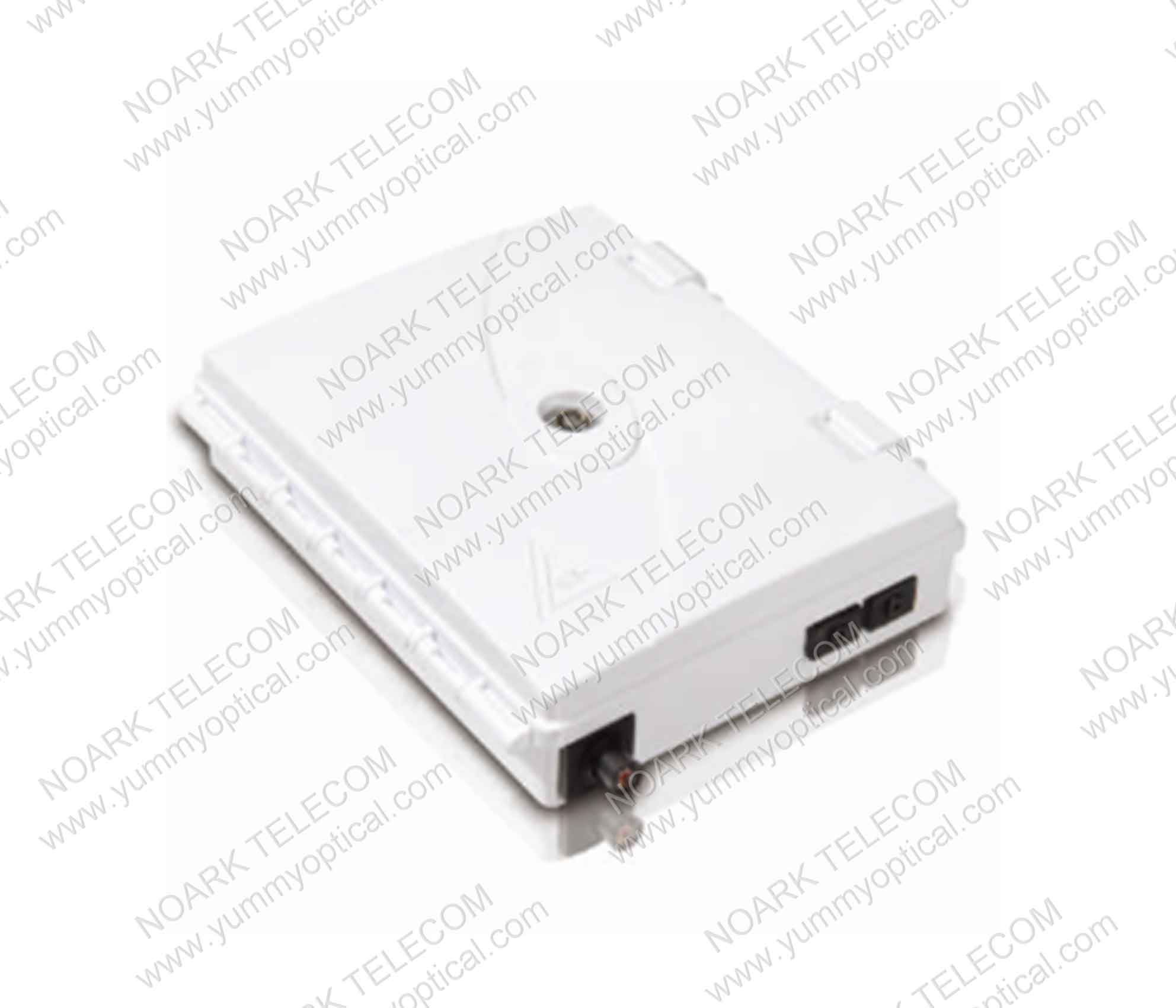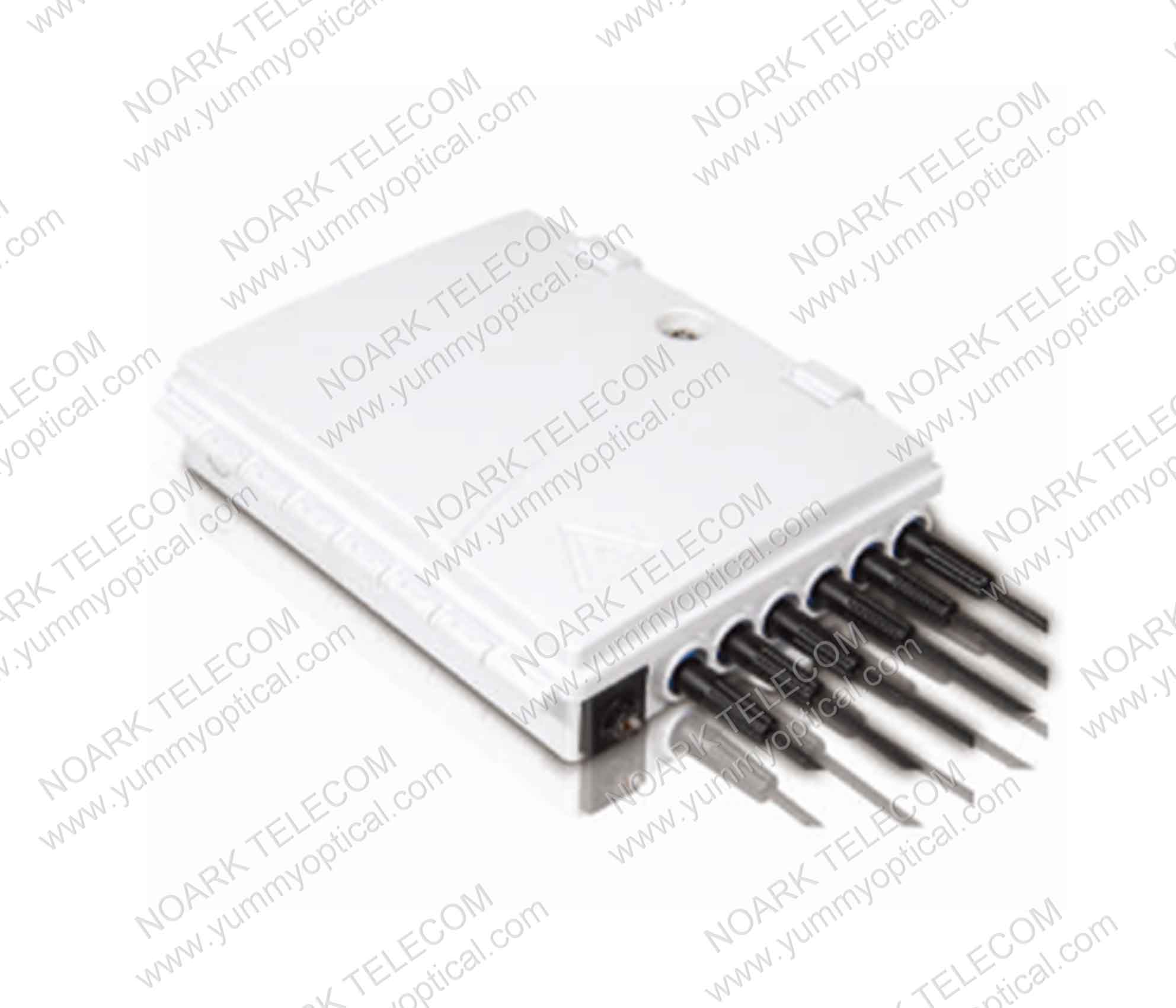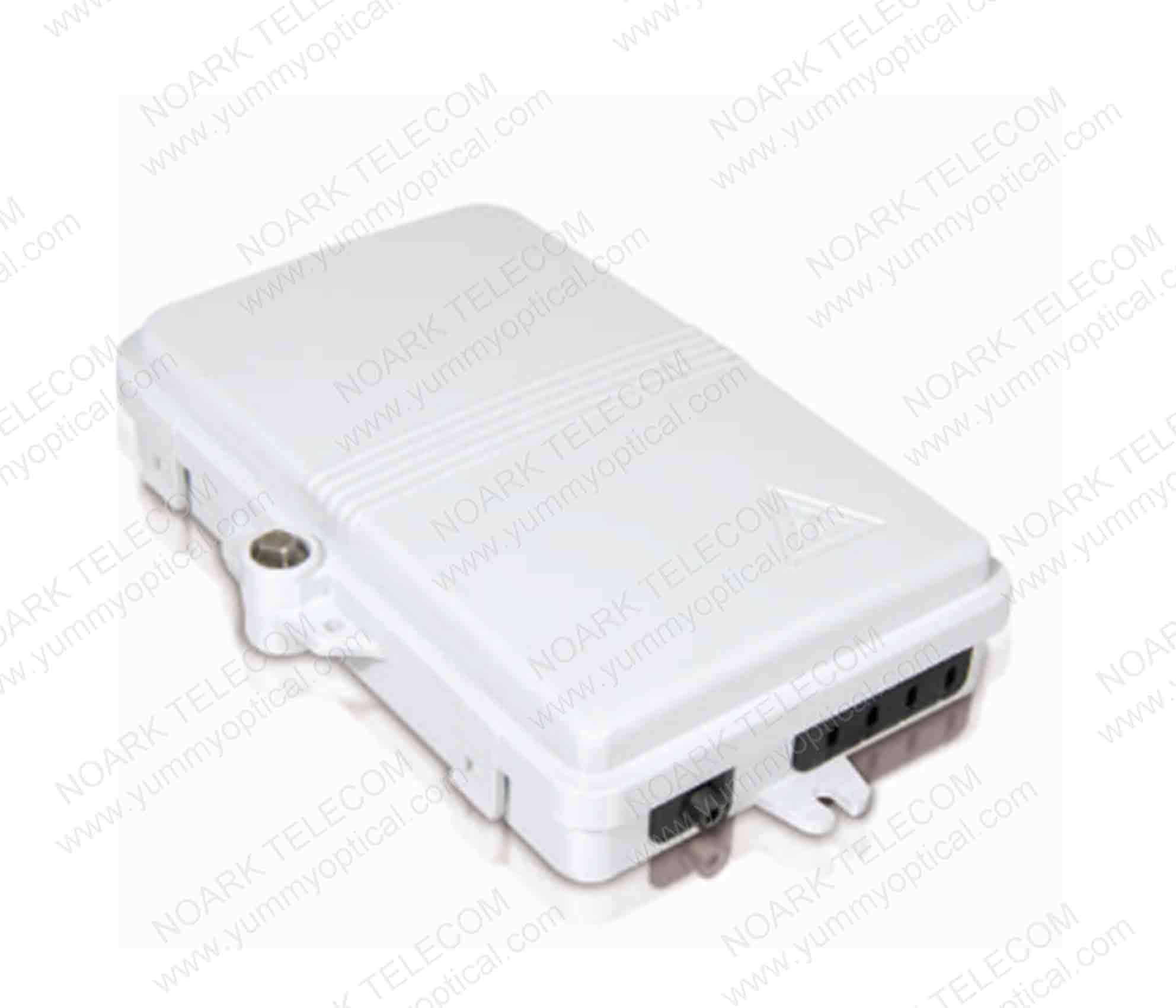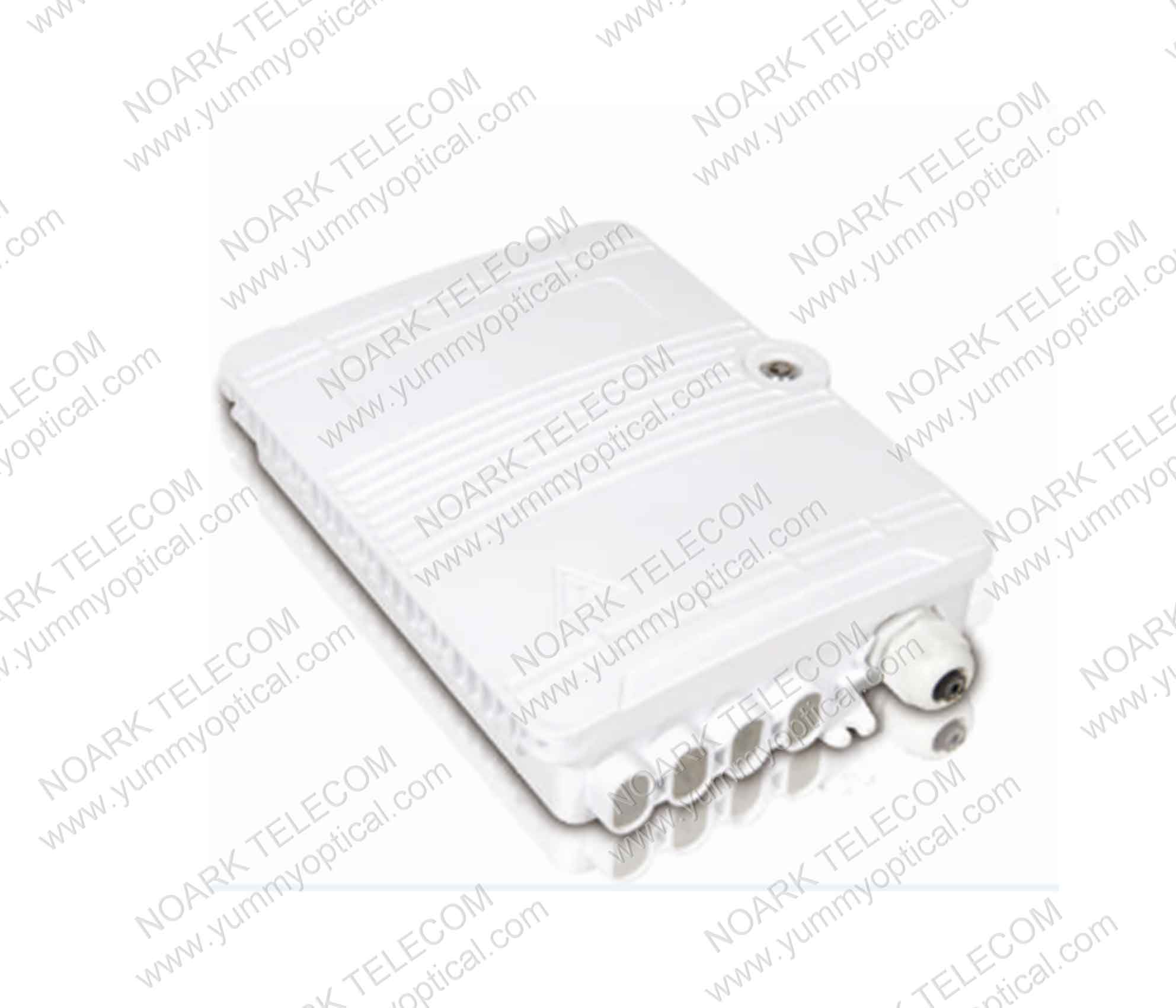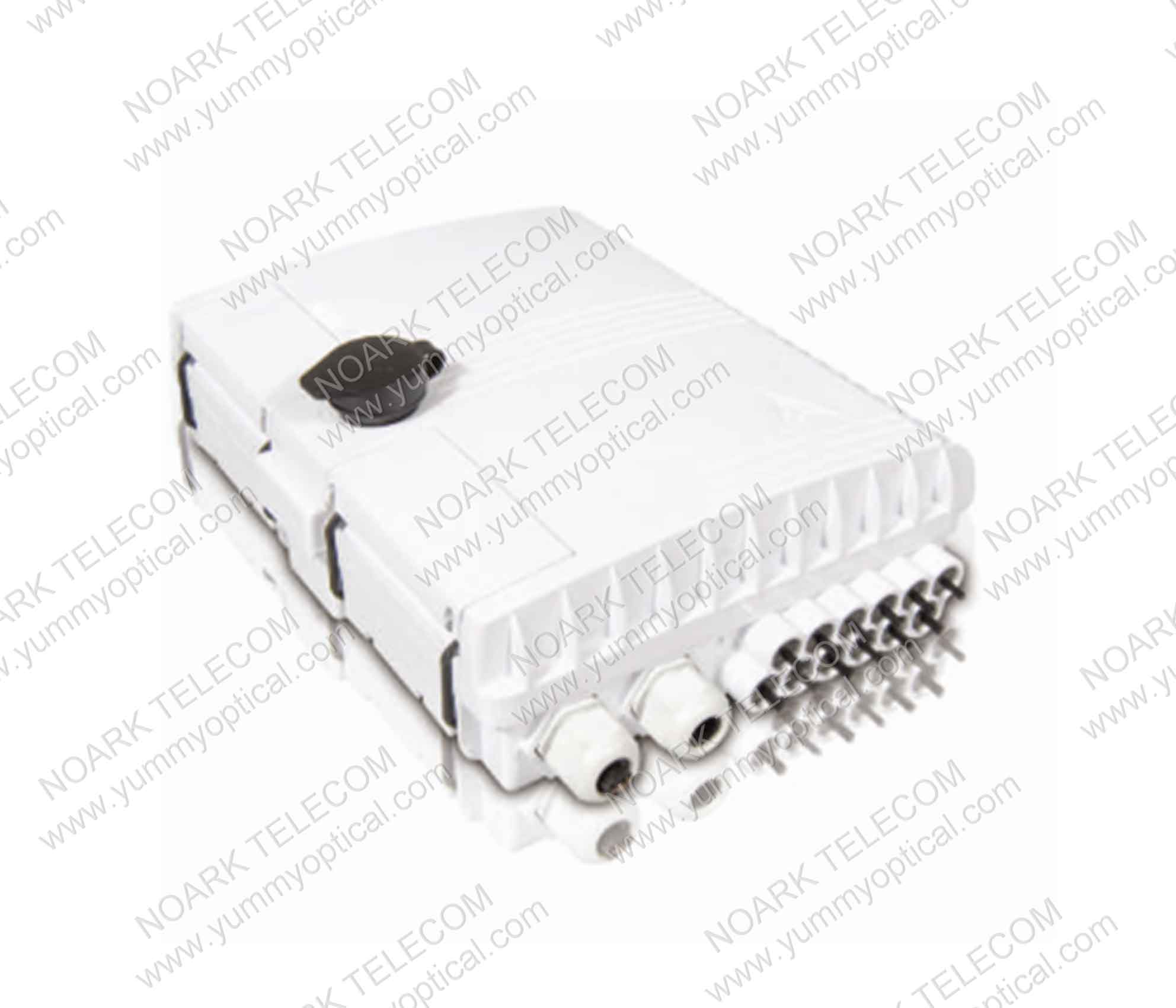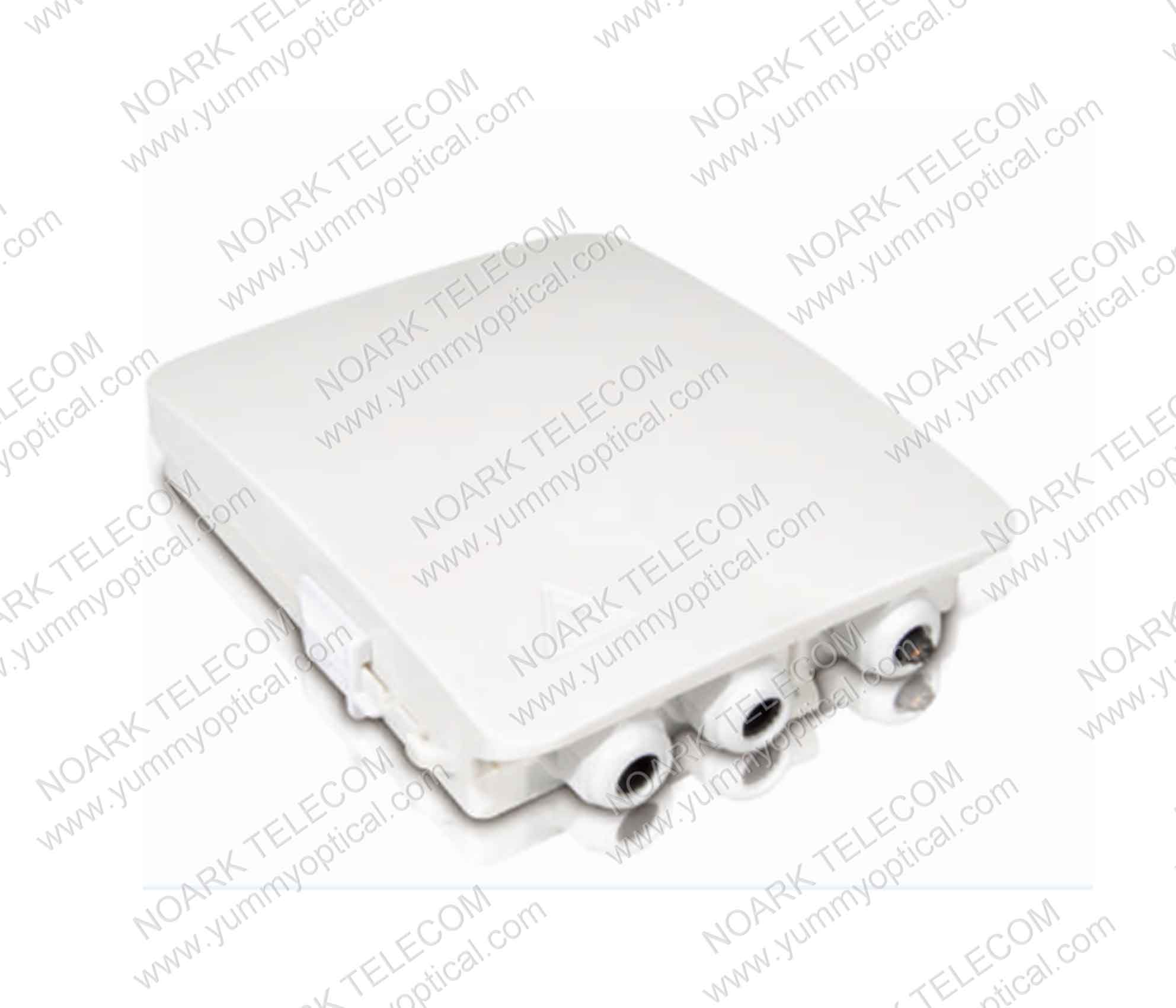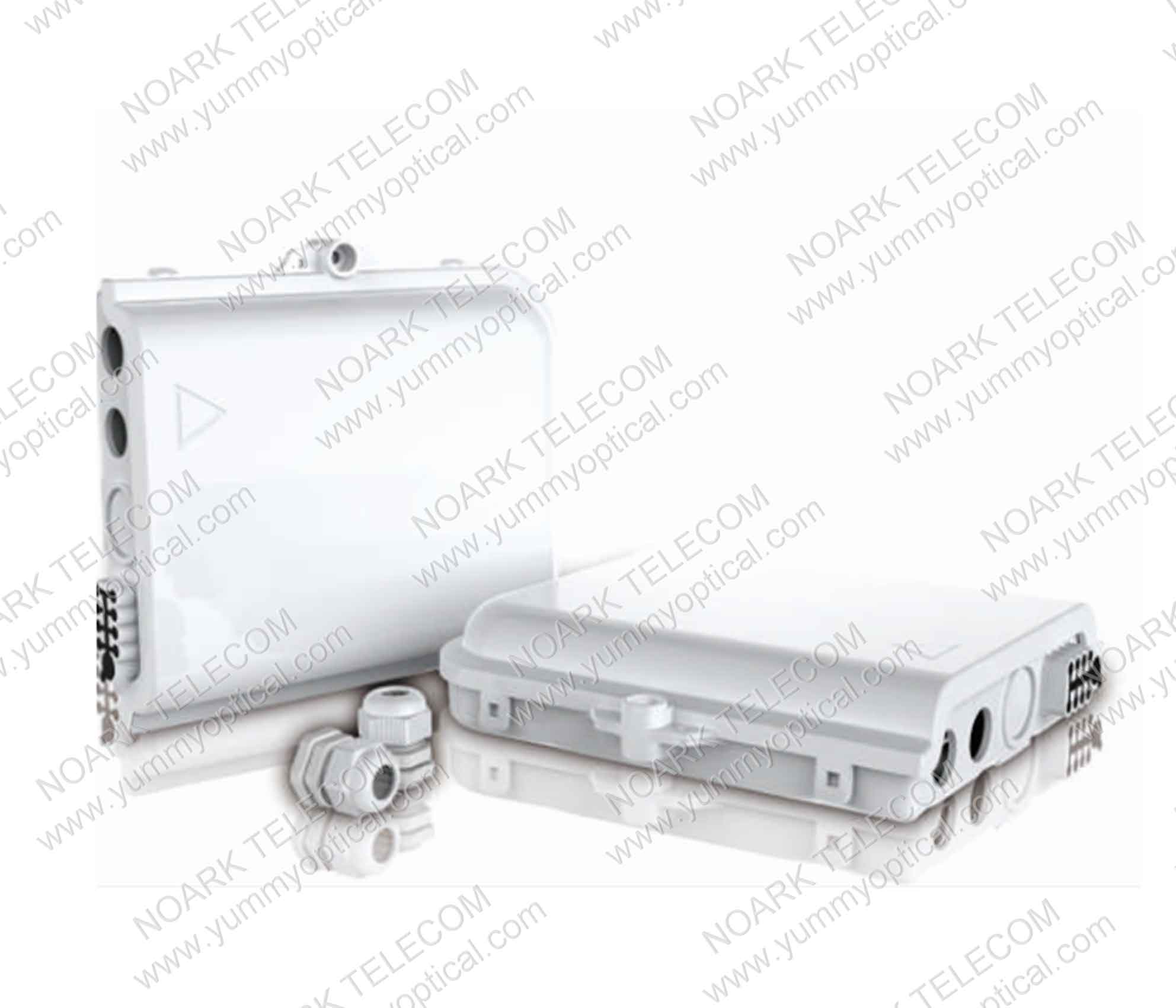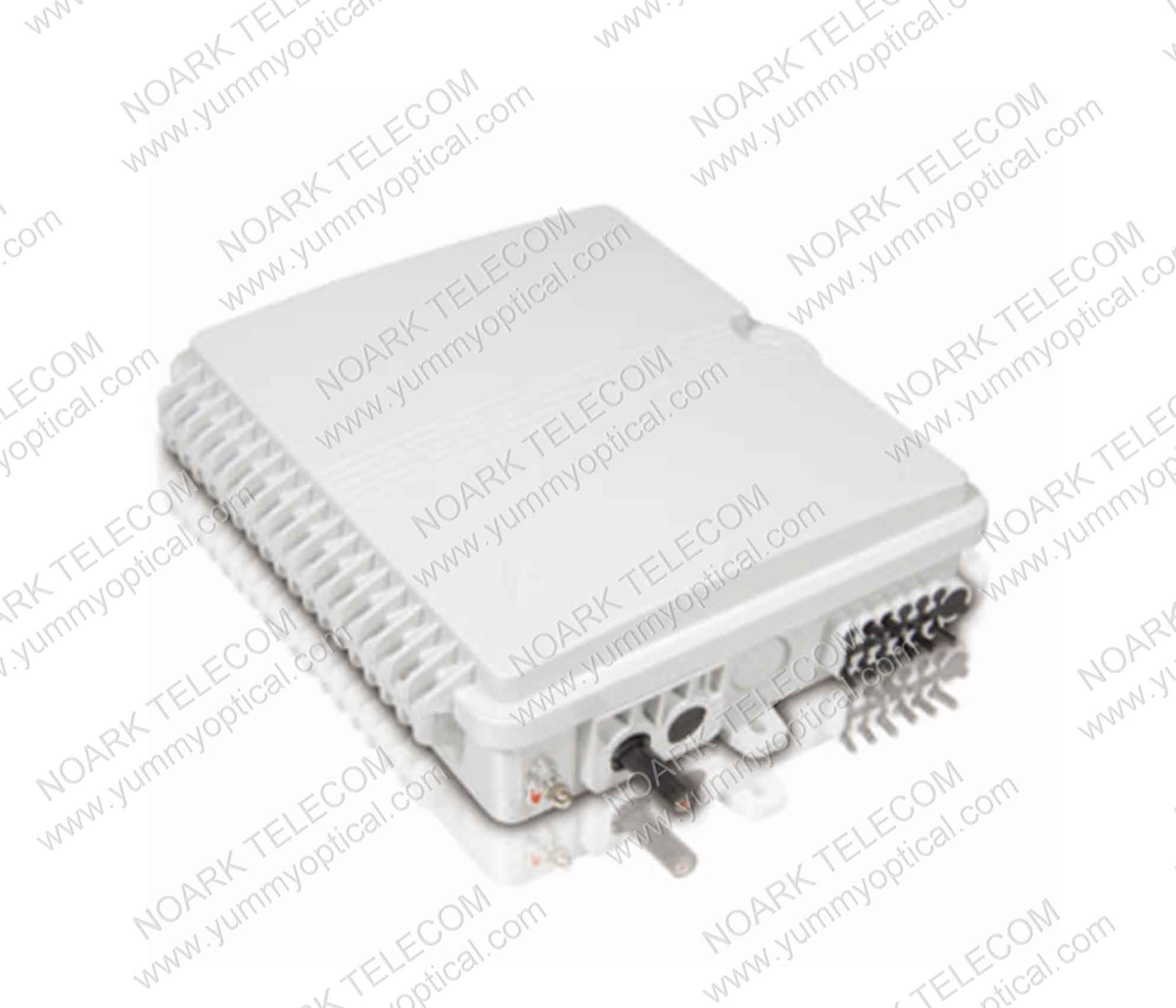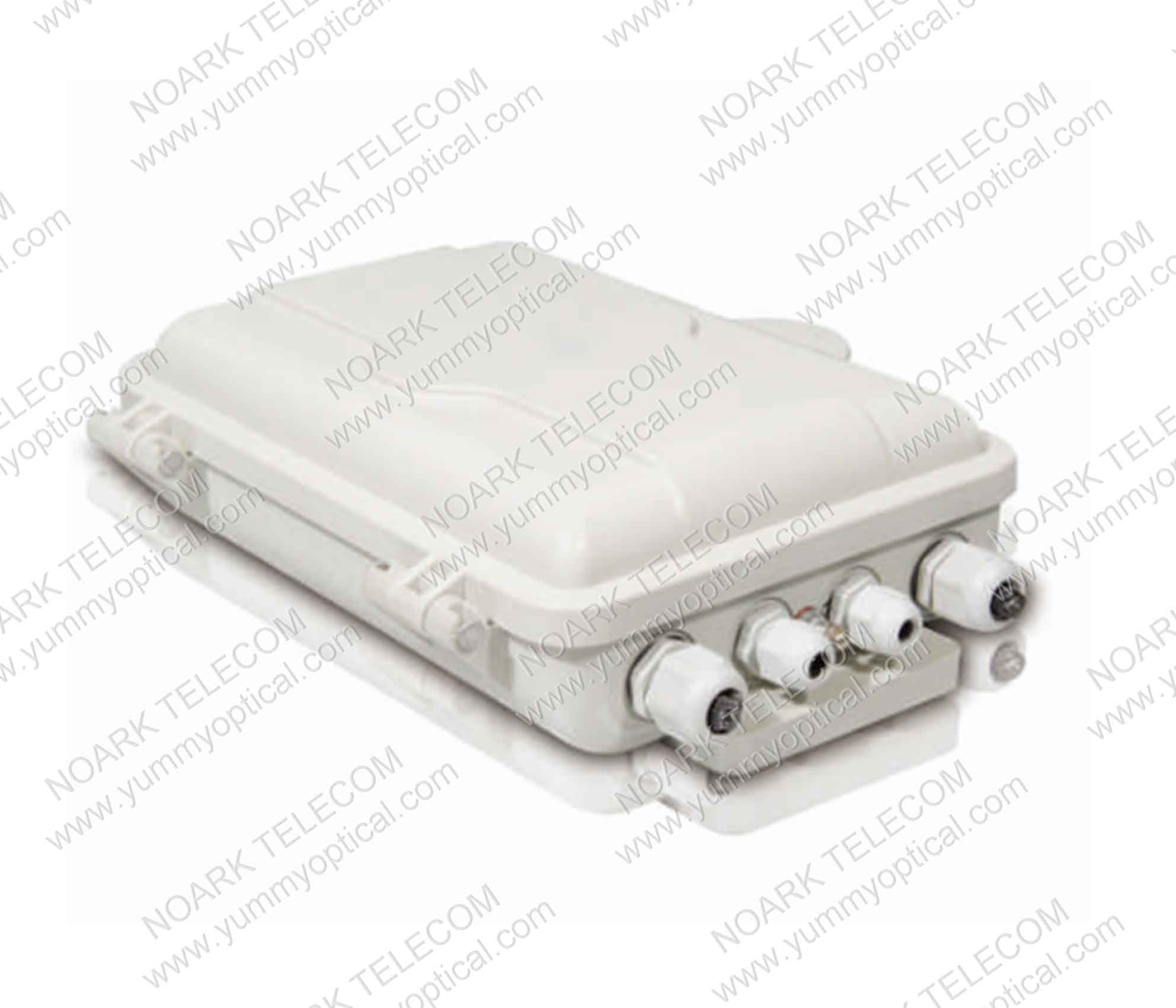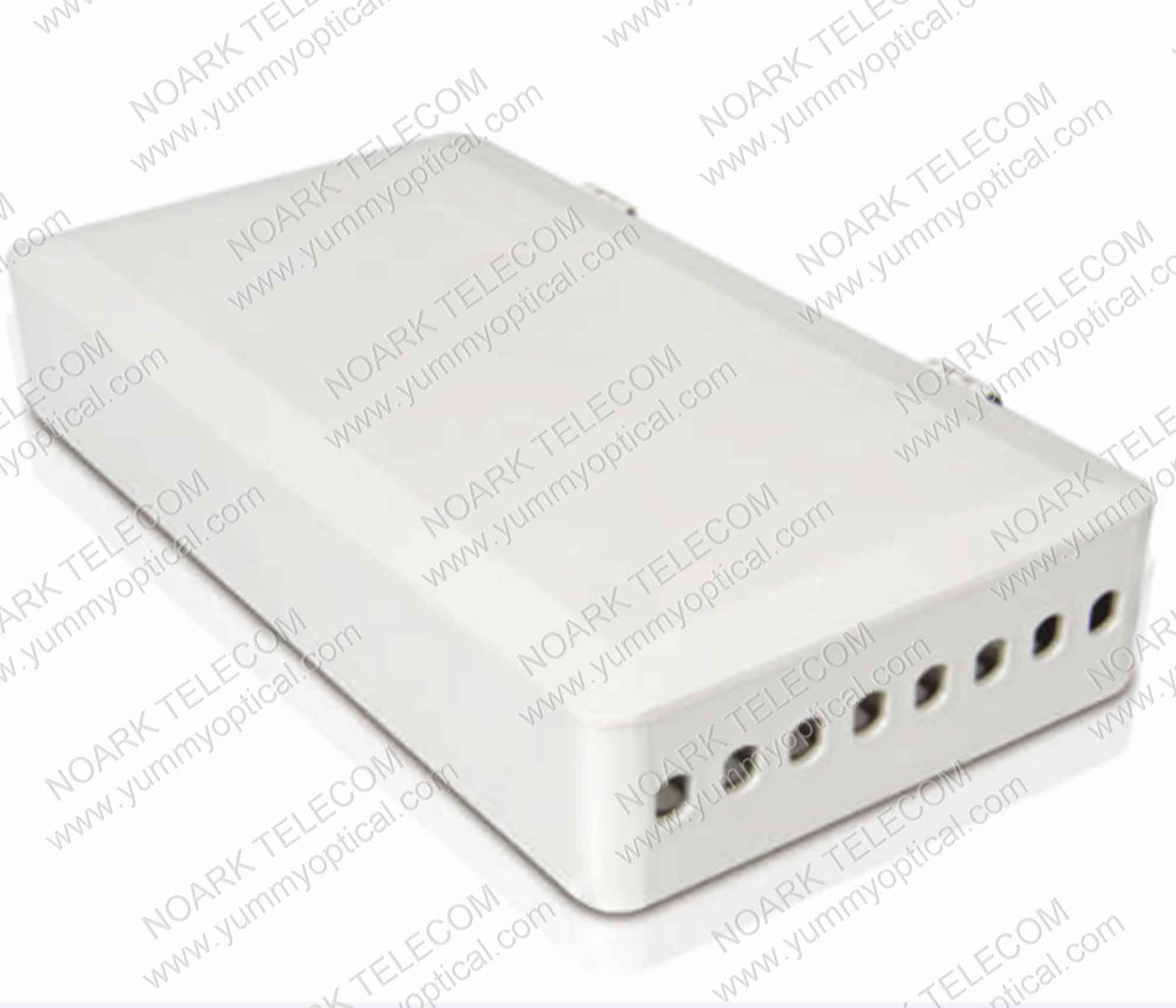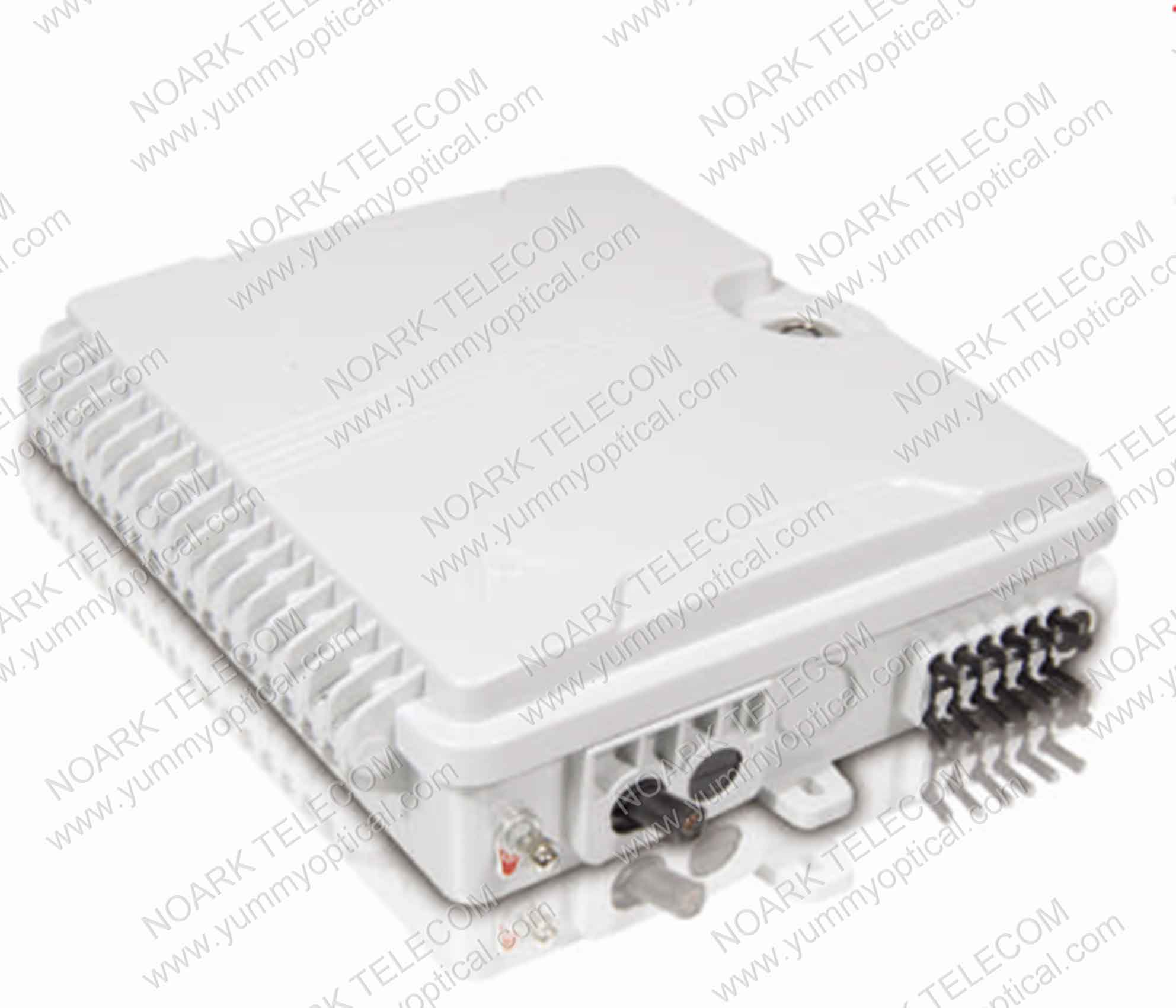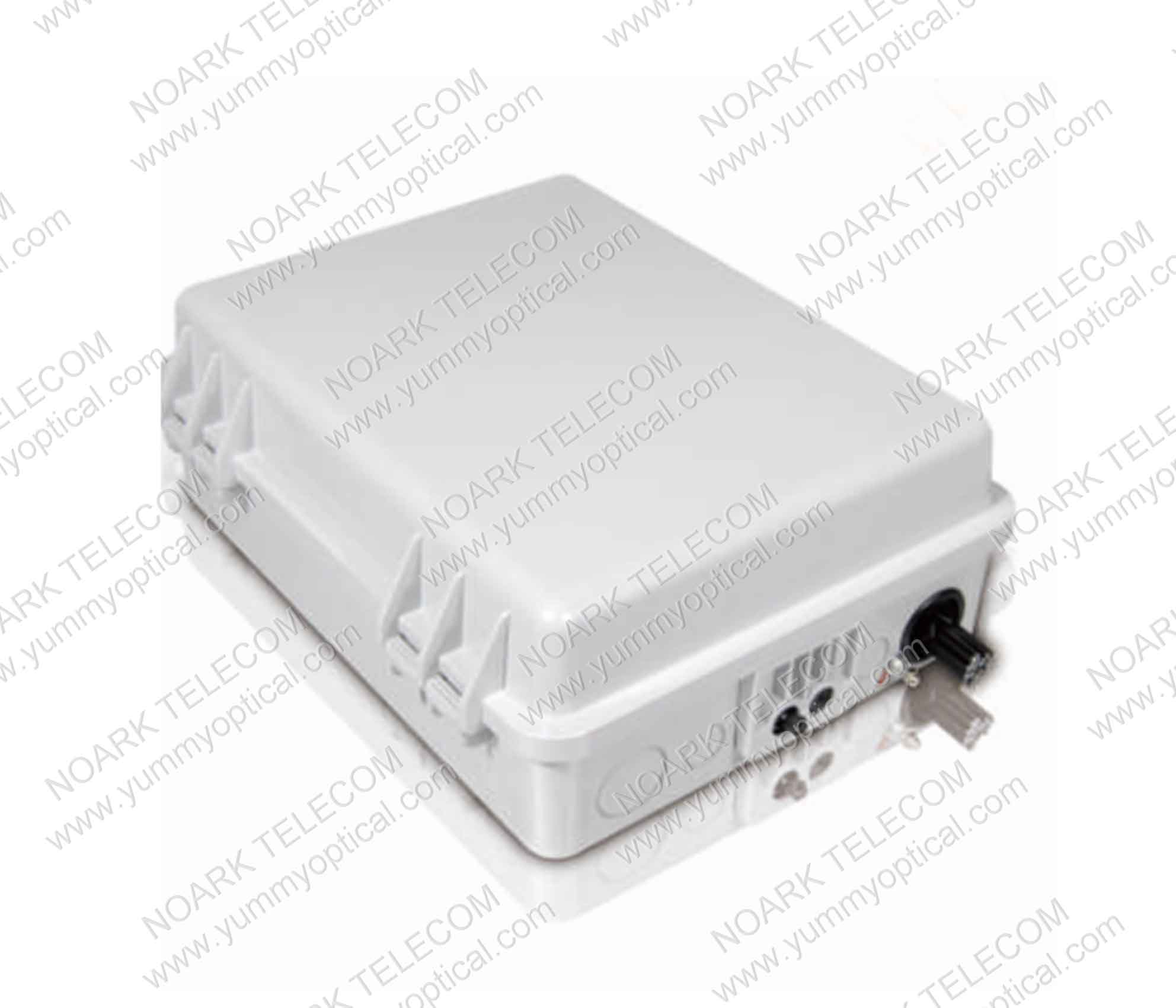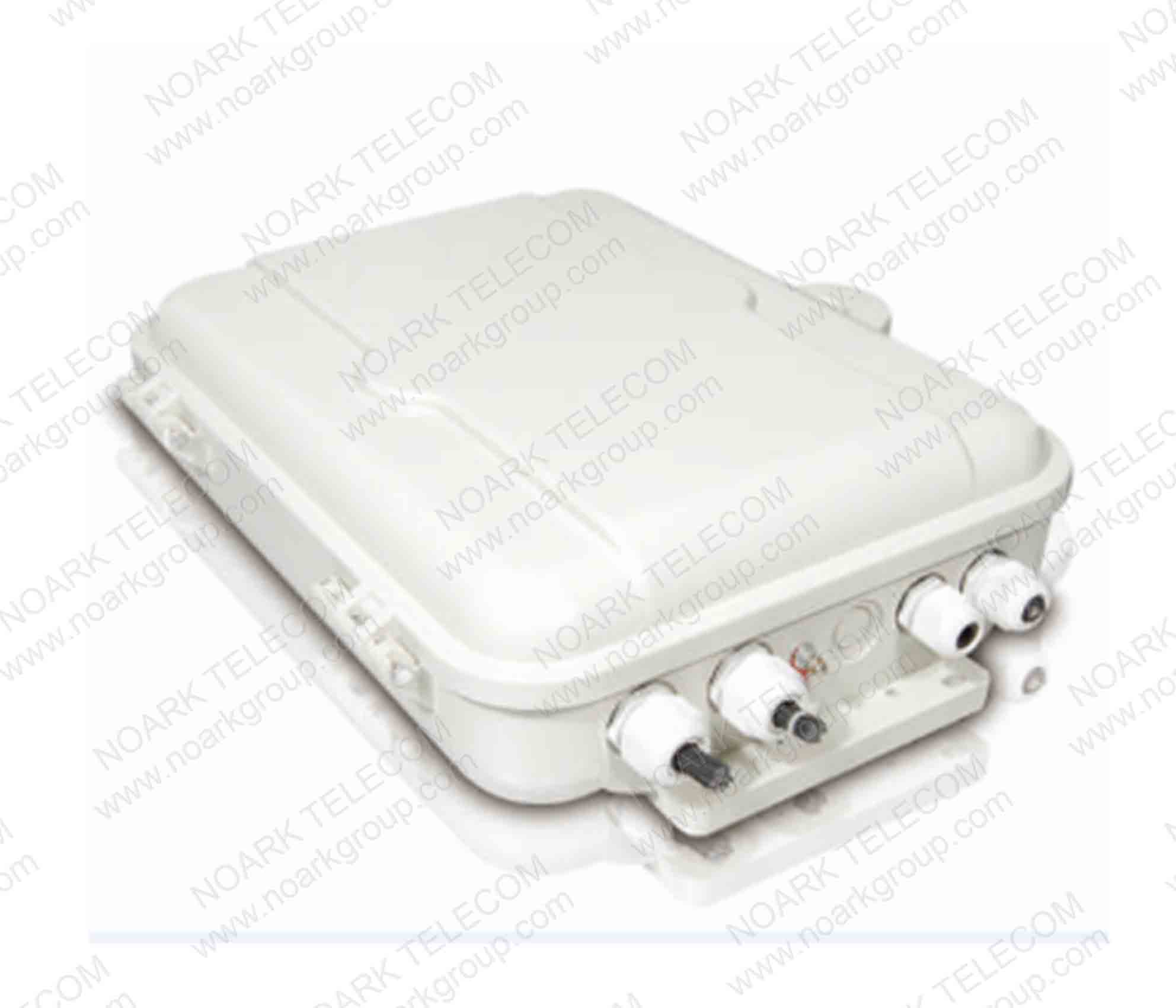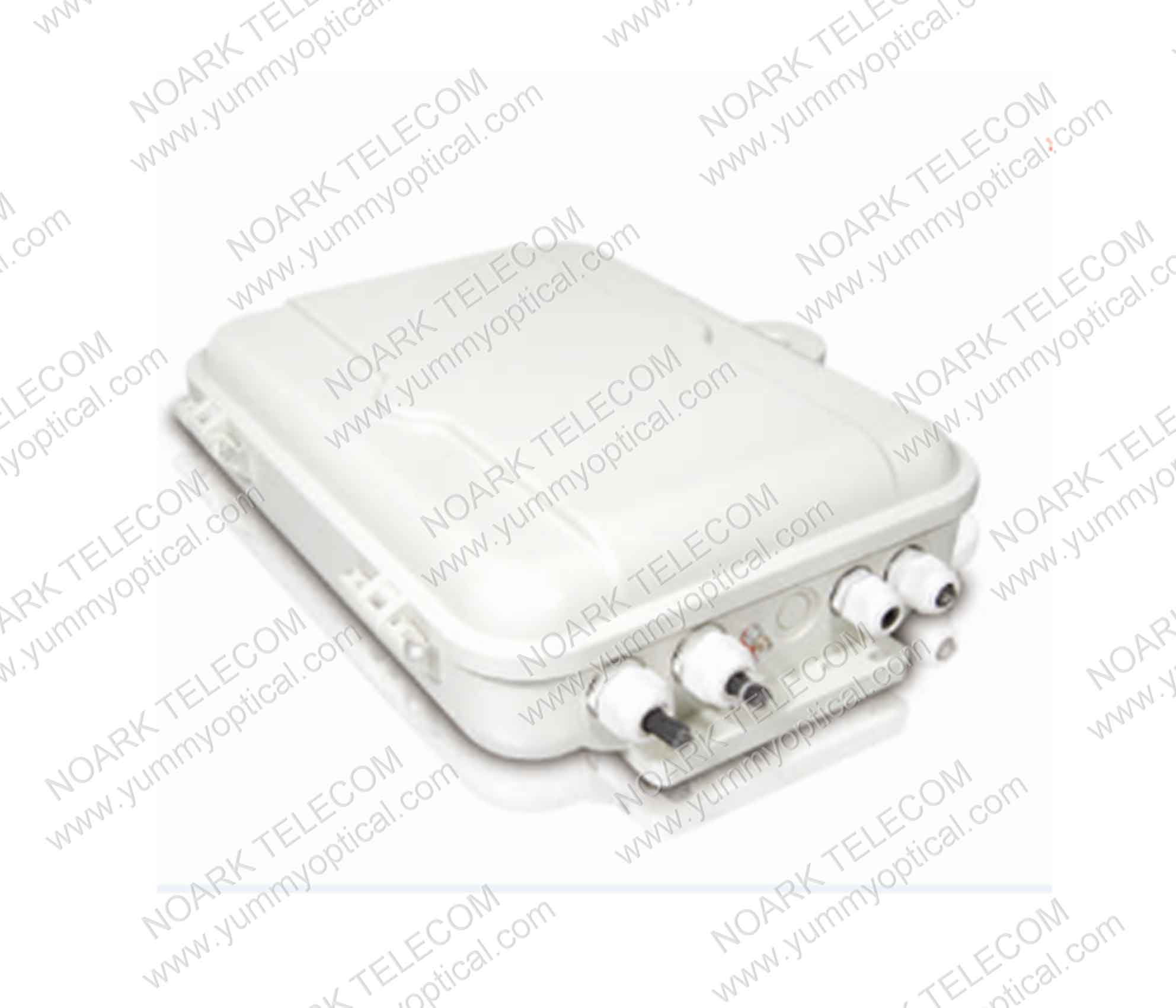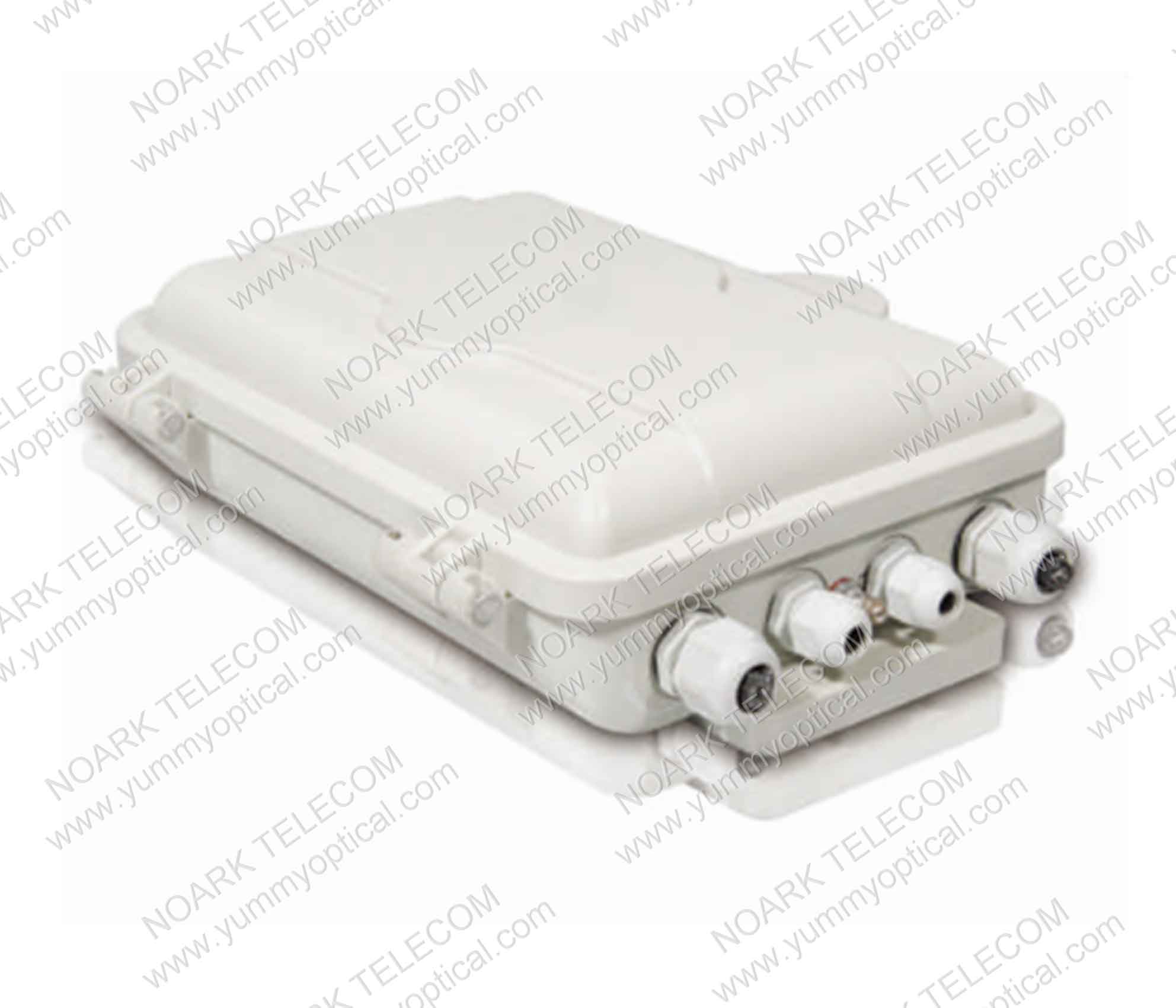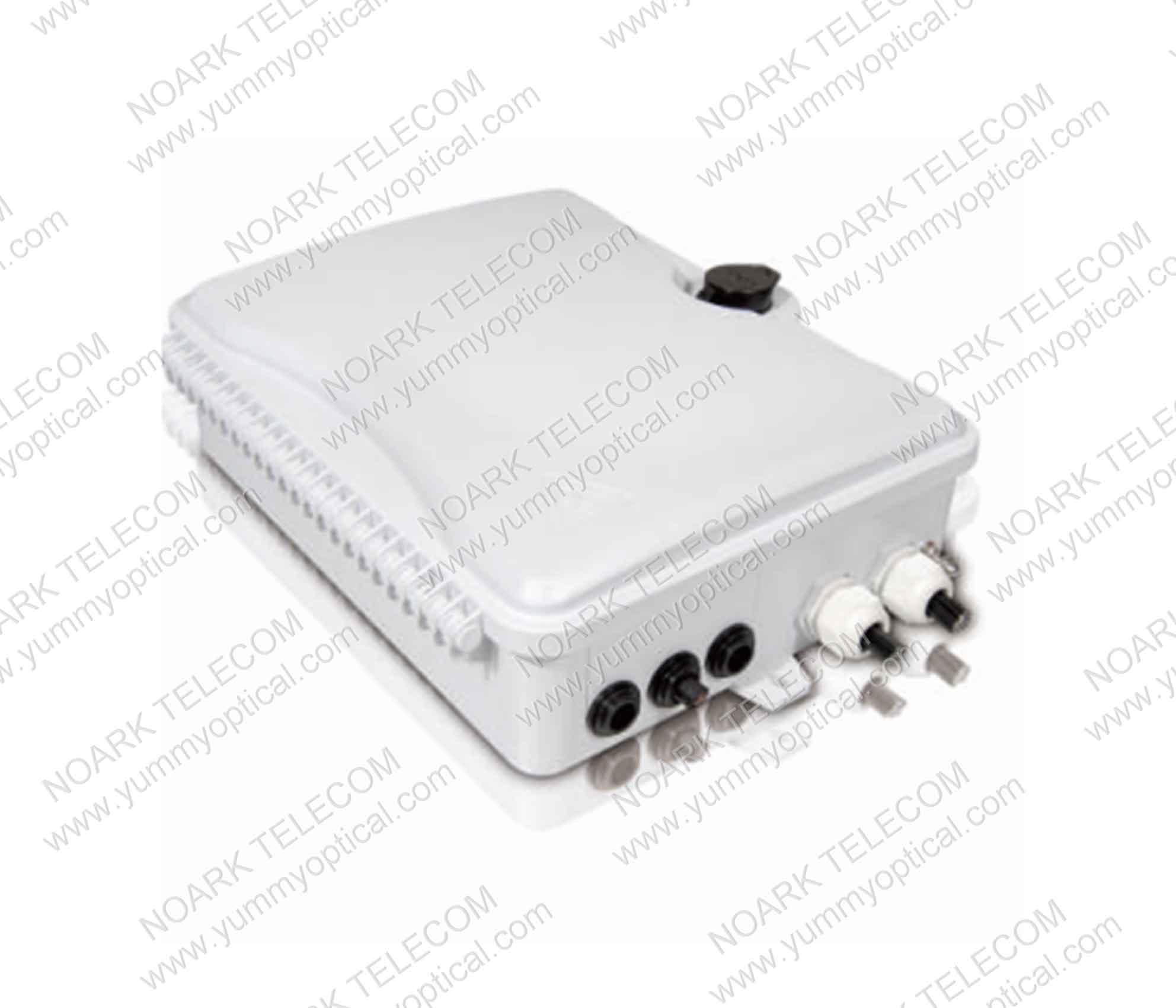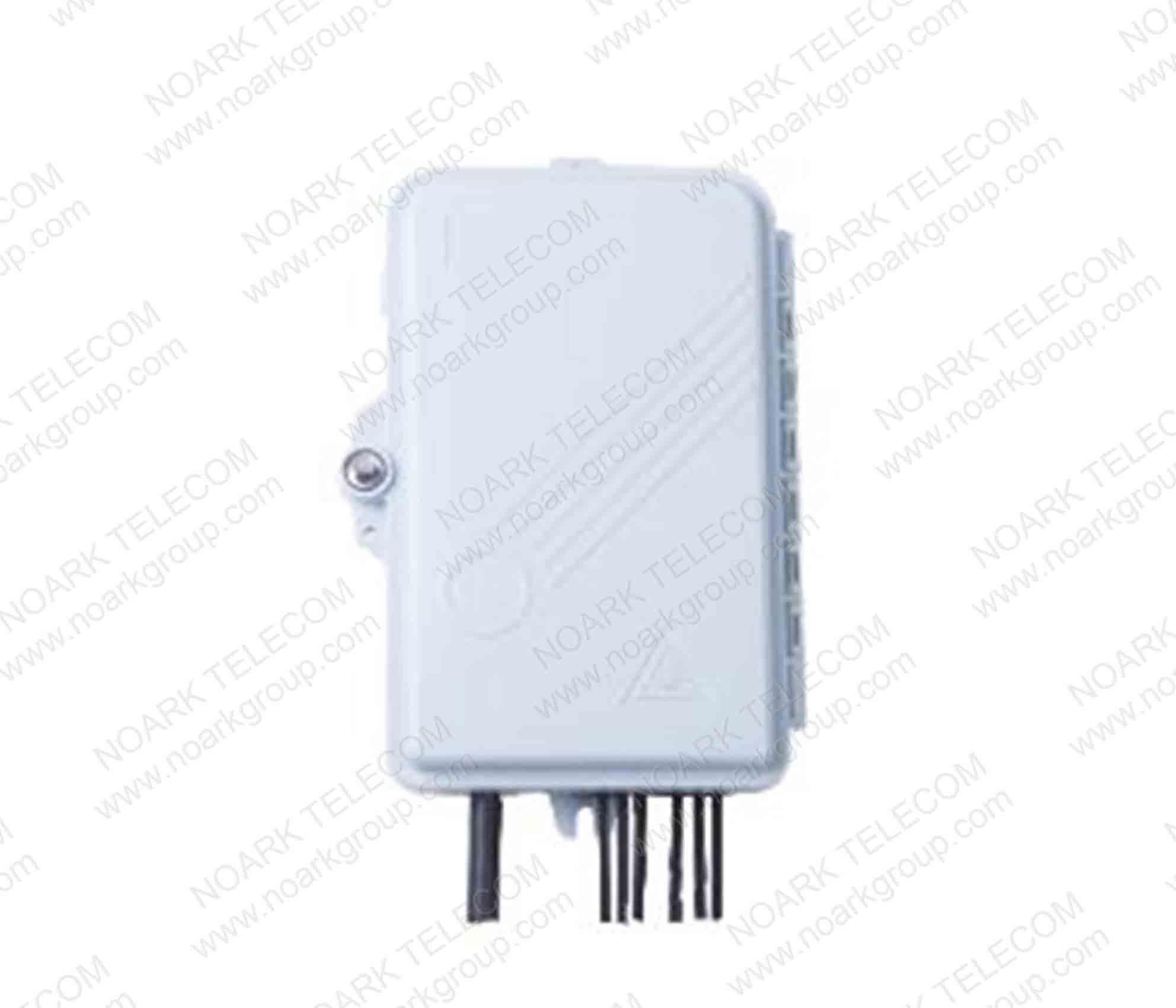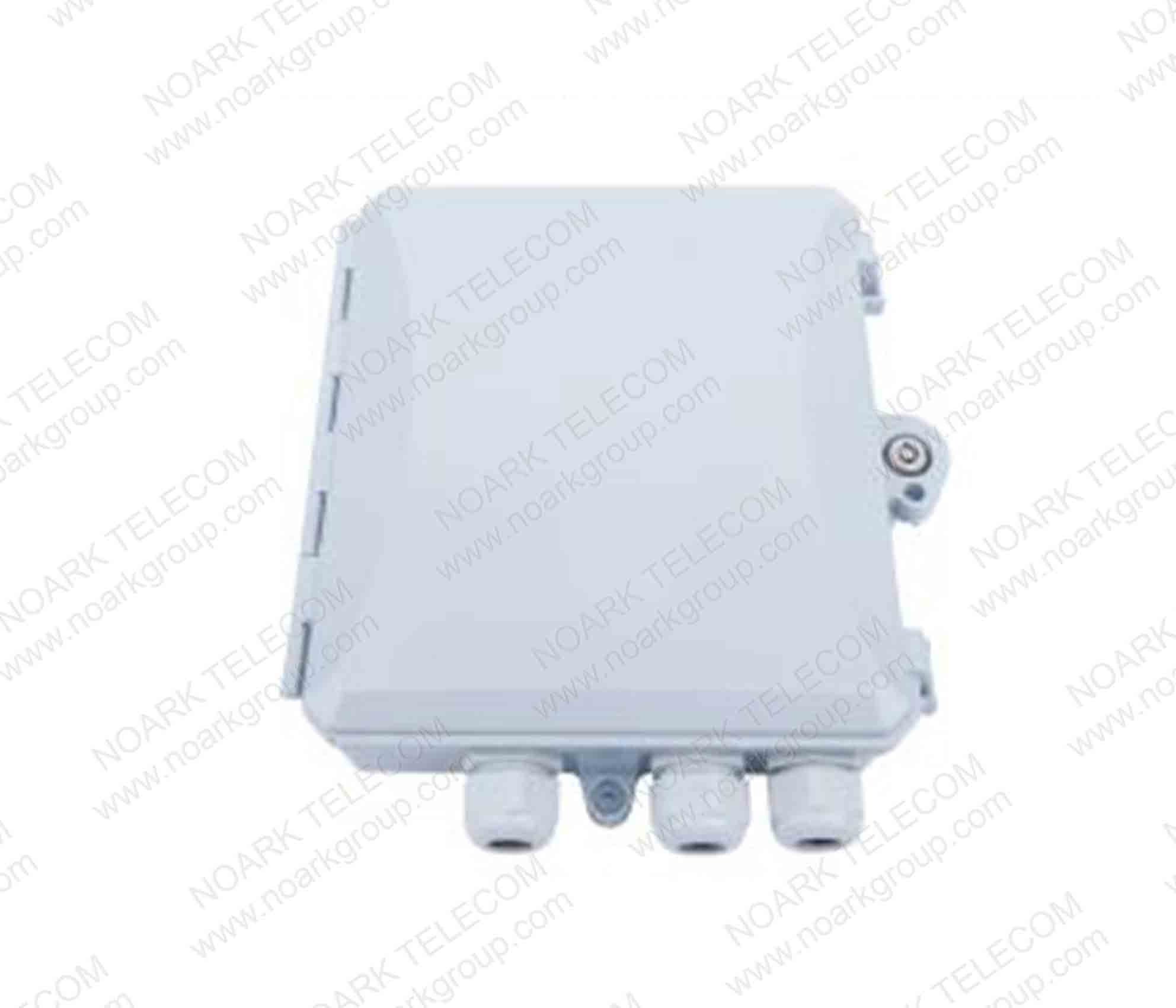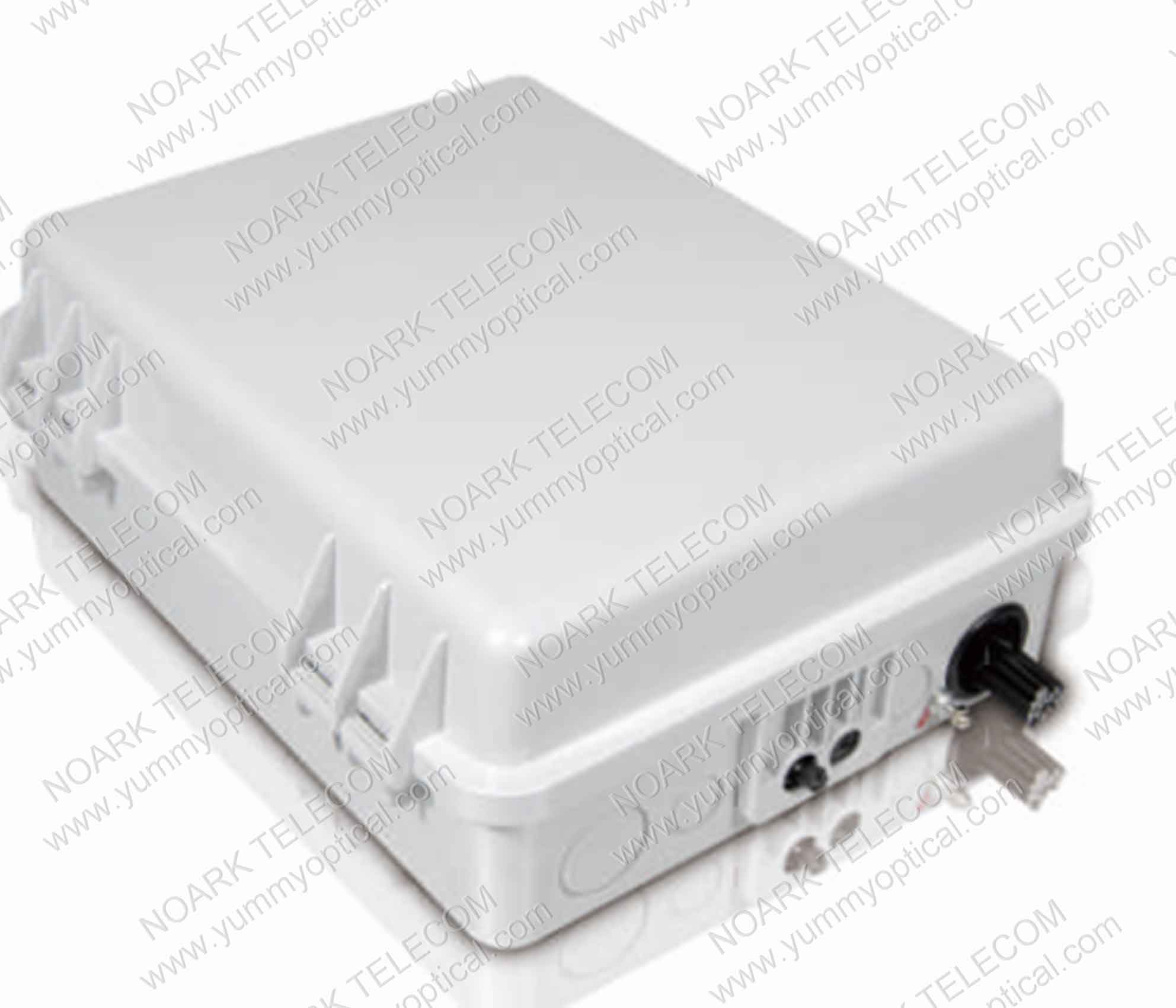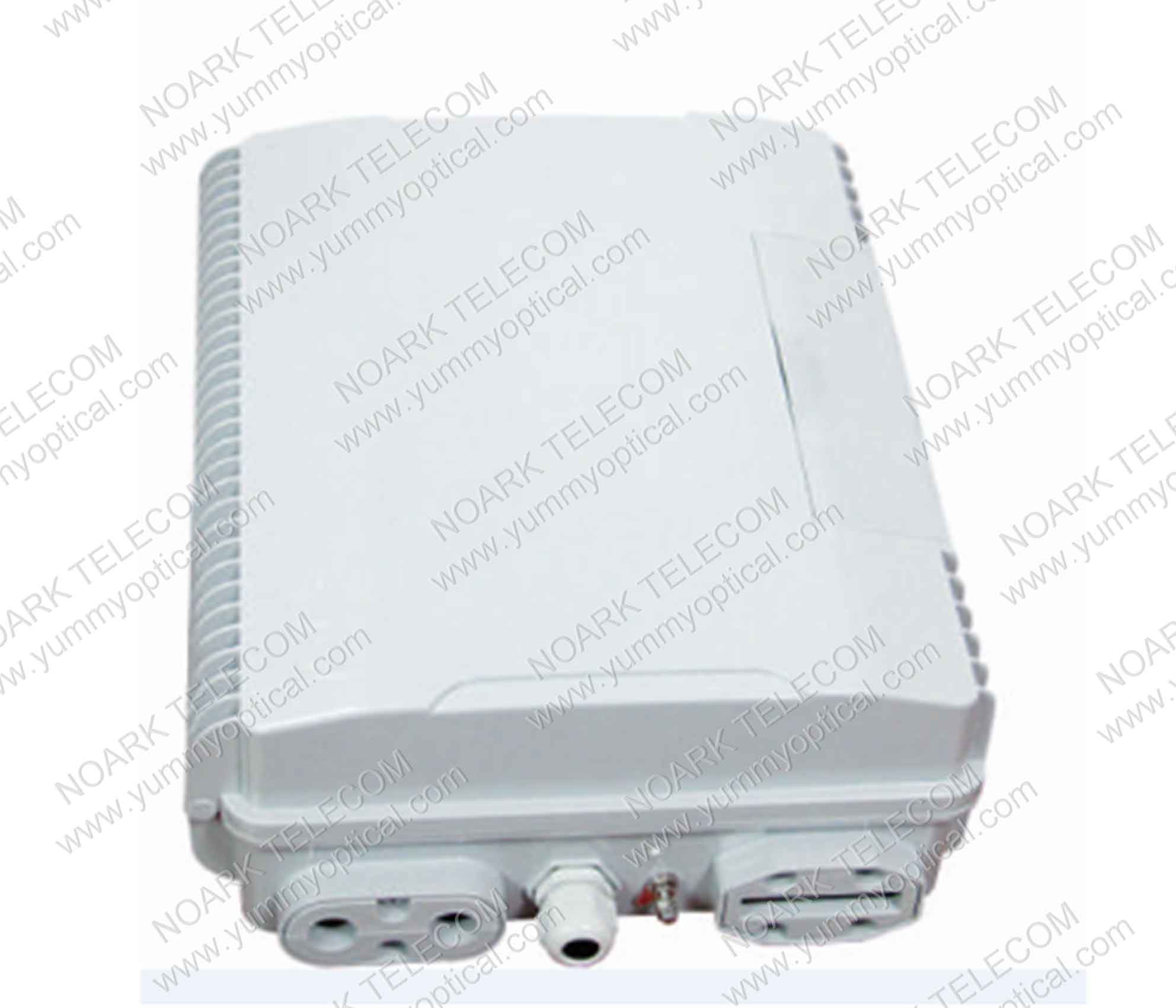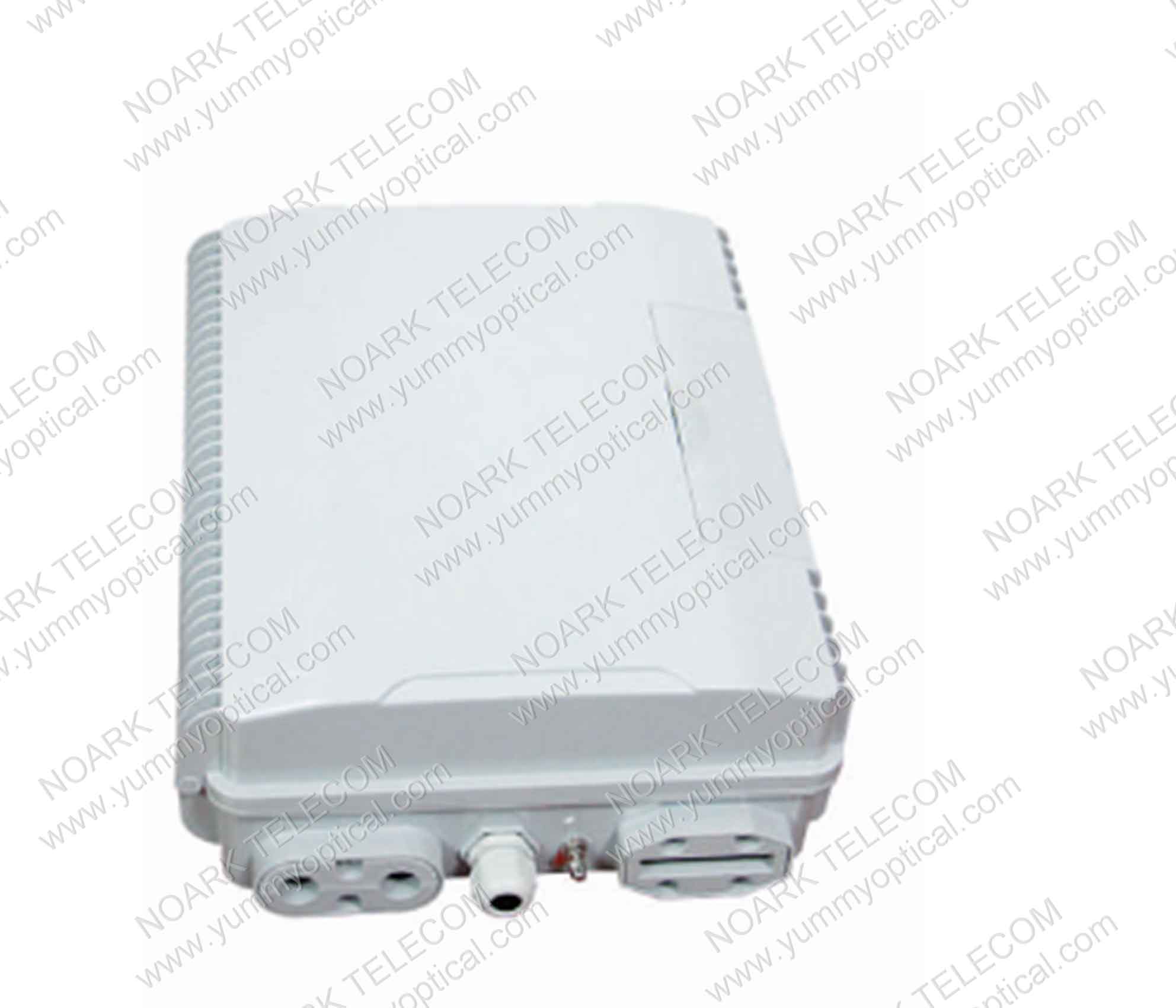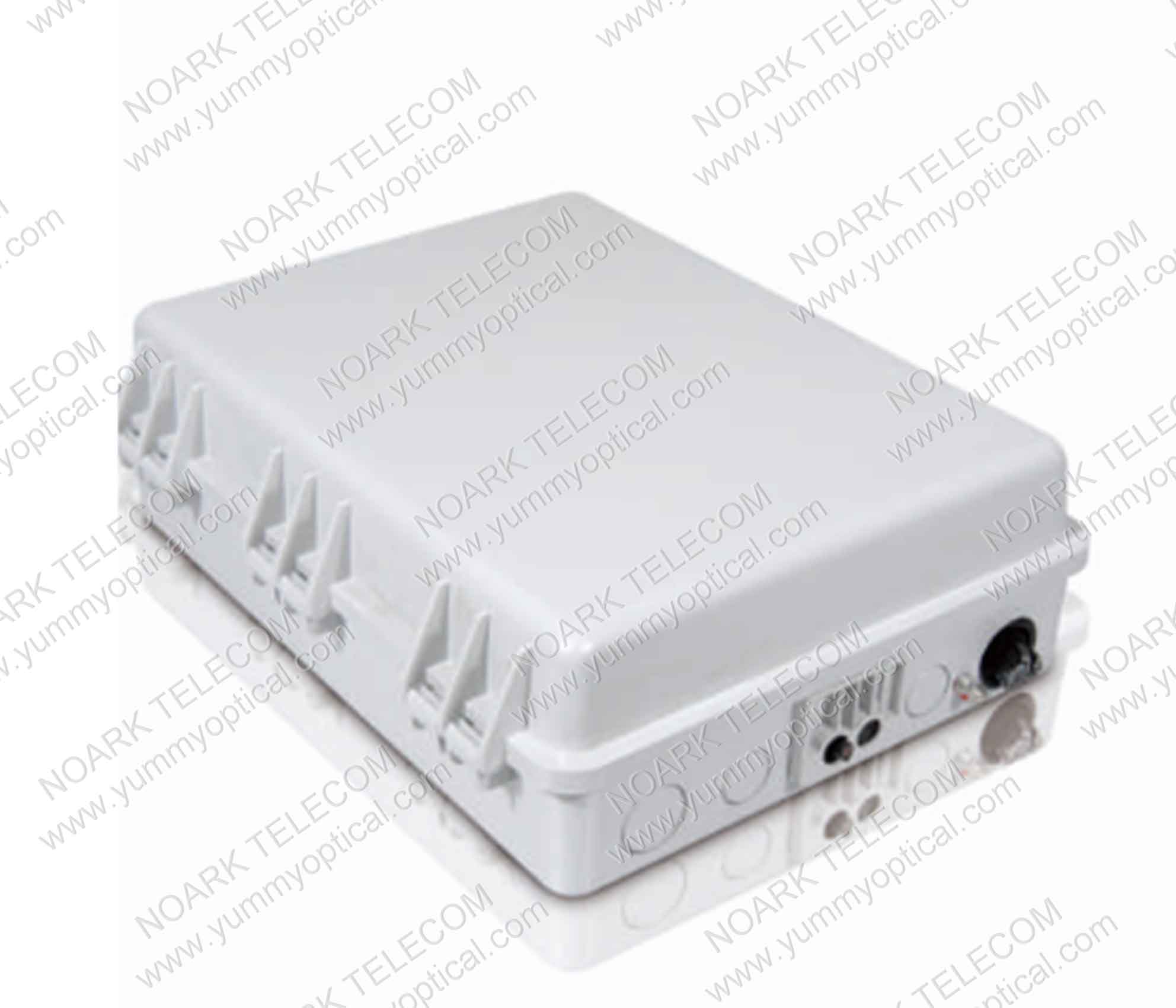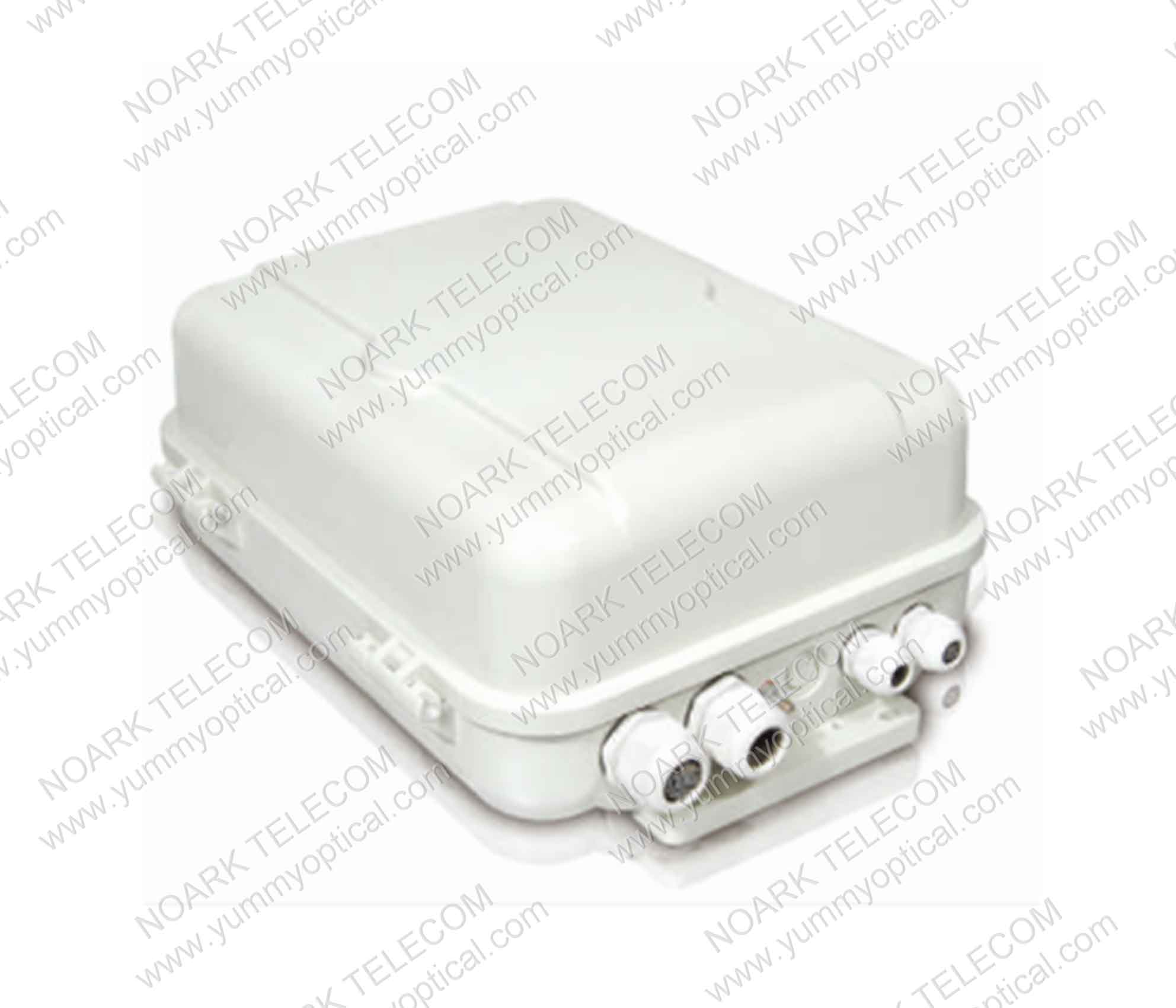Fiber Optic Patch Cord is the fiber optic cable capped at either end with adapted SC / FC / ST / LC connectors that can make the connection of CATV, WAN, LAN, MAN, optical switches or other telecom equipment.
With the strong thick layer for protection, the Fiber Optic Patch Cord is utilized to connect the optical receiver, tramsmitter, terminal boxexs and other related equipment and devices.
1. All Specifications for FC/SC/ST/LC/E2000 etc.
2. Simplex/Duplex Types
3. Singlemode/Multimode Types
4. PC/UPC/APC Polishing Types
5. LSZH and PVC Coating Sheet
6. Available Cable Size: 0.9mm/2.0mm/3.0mm
7. Pigtails are available as customized
8. Customized Length (Defauilt Length: 3.0m)
9. OEM and Customization accepted in large quantity
1. Low Insertion Loss
2. High Return Loss
3. Good Repeatability
4. Stable in Interfix
5. Easy and Quick Installation
6. Low Concentricity
1. Please handle with care during transportation or use
2. Do not pull the optical fiber/cable (3.0mm optical cable can resist 50N tension)
3. The optical transceivers at both ends of the optical fiber patch cord must send and receive the same wavelength, that is, the optical transceivers at both ends of the optical fiber must be of the same wavelength. A simple way to distinguish the optical transceivers is to use the same color. Generally, short-wave optical modules use multi-mode optical fibers (orange optical fibers), and long-wave optical modules use single-mode optical fibers (yellow optical fibers) to ensure the accuracy of data transmission.
4. When installing or removing the connector, protect the end face and keep the end face clean. (When the end surface is damaged or dirty, it will affect the use.) If the optical fiber connector is dirty, use a cotton swab dipped in alcohol to clean it.
5. Do not excessively bend or wrap the optical fiber. The minimum bending radius of the optical fiber is less than 30mm. Otherwise, it will increase the attenuation of light during transmission
6. If the optical fiber network or system is abnormal, test the fault one by one. To test or rectify jumper faults, perform the connection test first. Usually, you can use a visible laser pointer to illuminate the entire optical fiber link. Or further use precision optical fiber insertion loss loss tester, test its indicators, indicators in the qualified range, then the jumper indicates normal, otherwise it is not qualified.
7. Please do not look directly at the light outlet of the product with your eyes!
1. SC: the insertion loss of any plug of the single-mode connector through the standard adapter and the standard plug is ≤0.30dB (including repeatability); Return loss > 50dB (SC/UPC), >60dB (SC/APC).
2. SC : insertion loss of any connection between two plugs ≤ 0.35dB (1310nm window), ≤0.45dB (1550nm window); Return loss > 45dB (SC/UPC); >58dB (SC/APC).
3. FC: any plug through the standard adapter and standard plug insertion loss ≤0.2dB (including repeatability); Return loss >52dB (FC/UPC), >60dB (FC/APC).
4. FC: two plugs through any adapter connection insertion loss ≤ 0.35dB (1310nm window), ≤ 0.45dB (1550nm window); Return loss > 45dB (FC/UPC); >58dB (FC/APC).
5. LC: any plug through the standard adapter and standard plug insertion loss ≤0.2dB (including repeatability); Return loss > 52dB (LC/ UPC), >60dB (LC/APC).
6. LC: two plug arbitrary connection insertion loss ≤ 0.35dB (1310nm window), ≤0.45dB (1550nm window); Return loss > 47dB (LC/UPC), >58dB (LC/APC).









